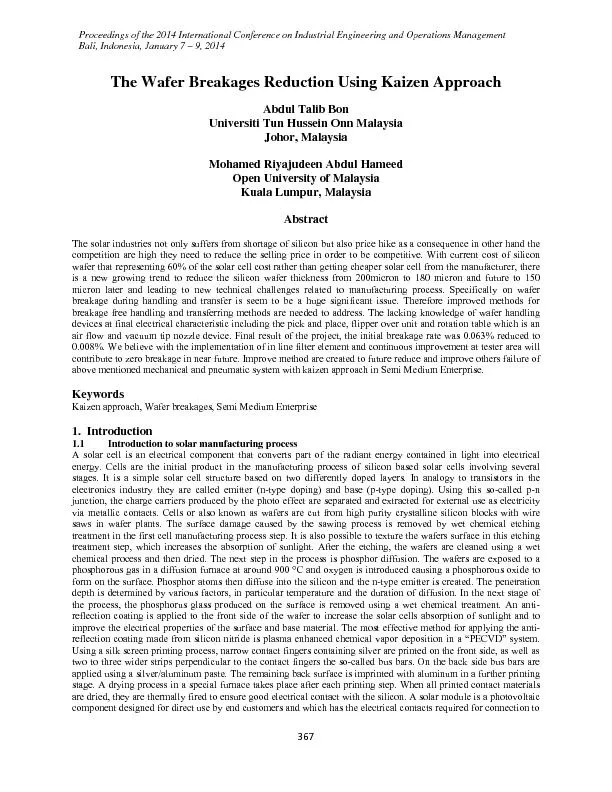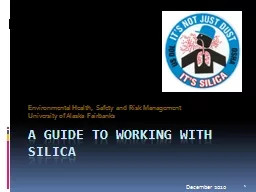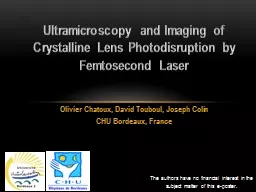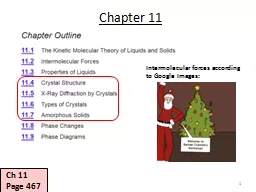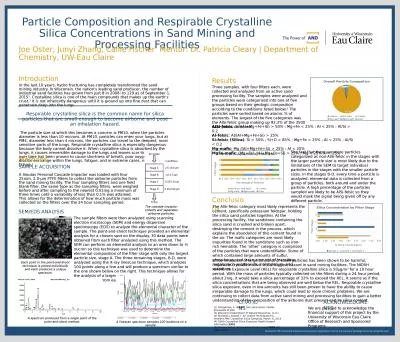PDF-an entire solar system. In solar modules based on crystalline solar ce
Author : danika-pritchard | Published Date : 2016-10-20
Figure 1 Large breakages Figure 2 Small Breakages They are many reasons that causing the breakage such us incoming material itself handling issue tools malfunction
Presentation Embed Code
Download Presentation
Download Presentation The PPT/PDF document "an entire solar system. In solar modules..." is the property of its rightful owner. Permission is granted to download and print the materials on this website for personal, non-commercial use only, and to display it on your personal computer provided you do not modify the materials and that you retain all copyright notices contained in the materials. By downloading content from our website, you accept the terms of this agreement.
an entire solar system. In solar modules based on crystalline solar ce: Transcript
Download Rules Of Document
"an entire solar system. In solar modules based on crystalline solar ce"The content belongs to its owner. You may download and print it for personal use, without modification, and keep all copyright notices. By downloading, you agree to these terms.
Related Documents

